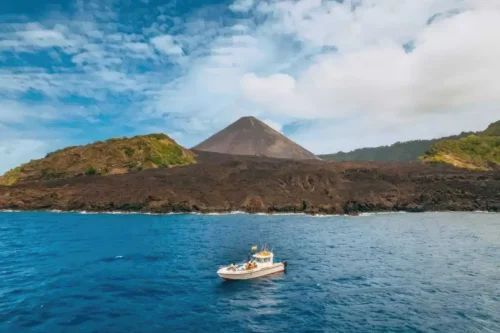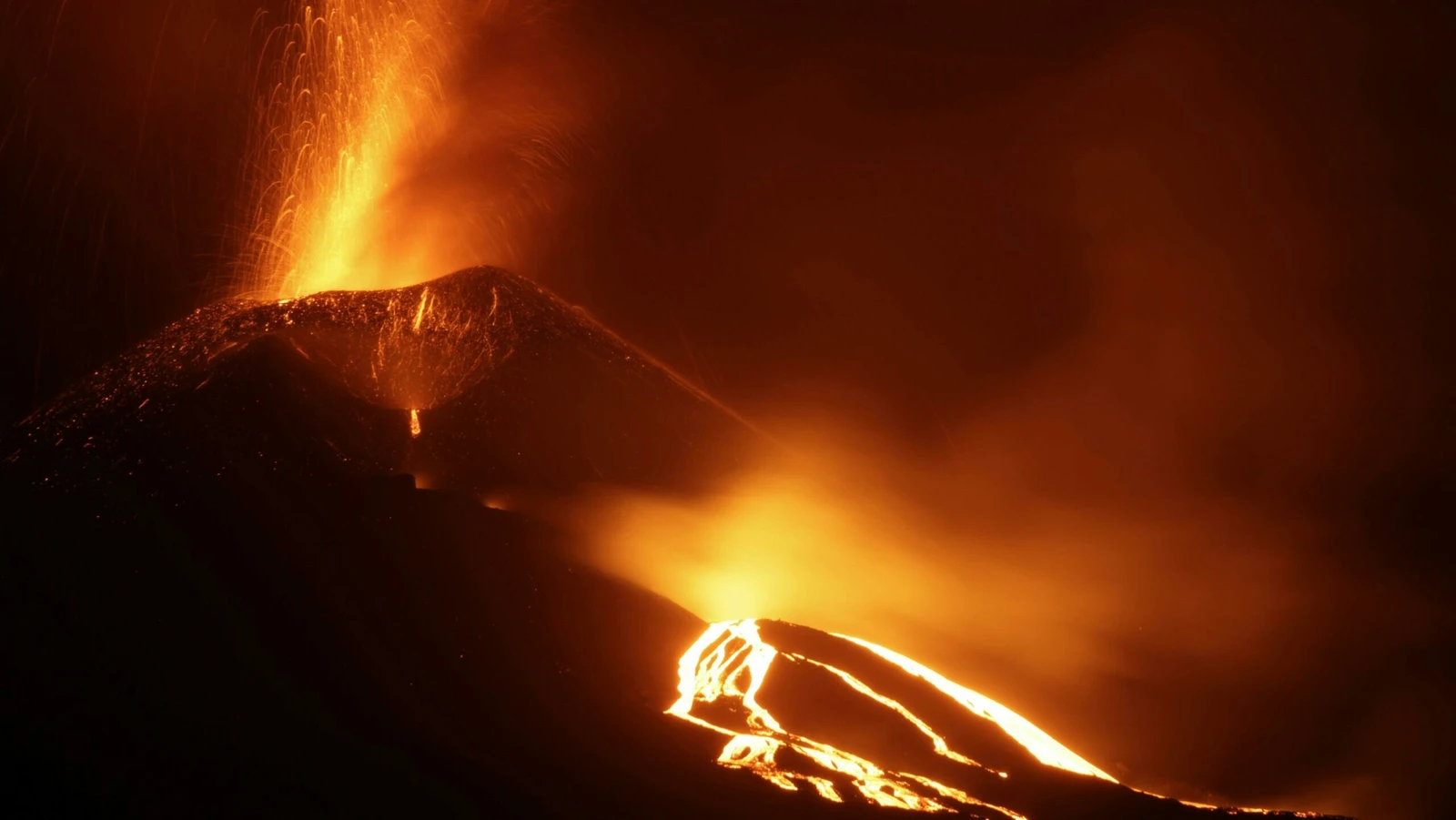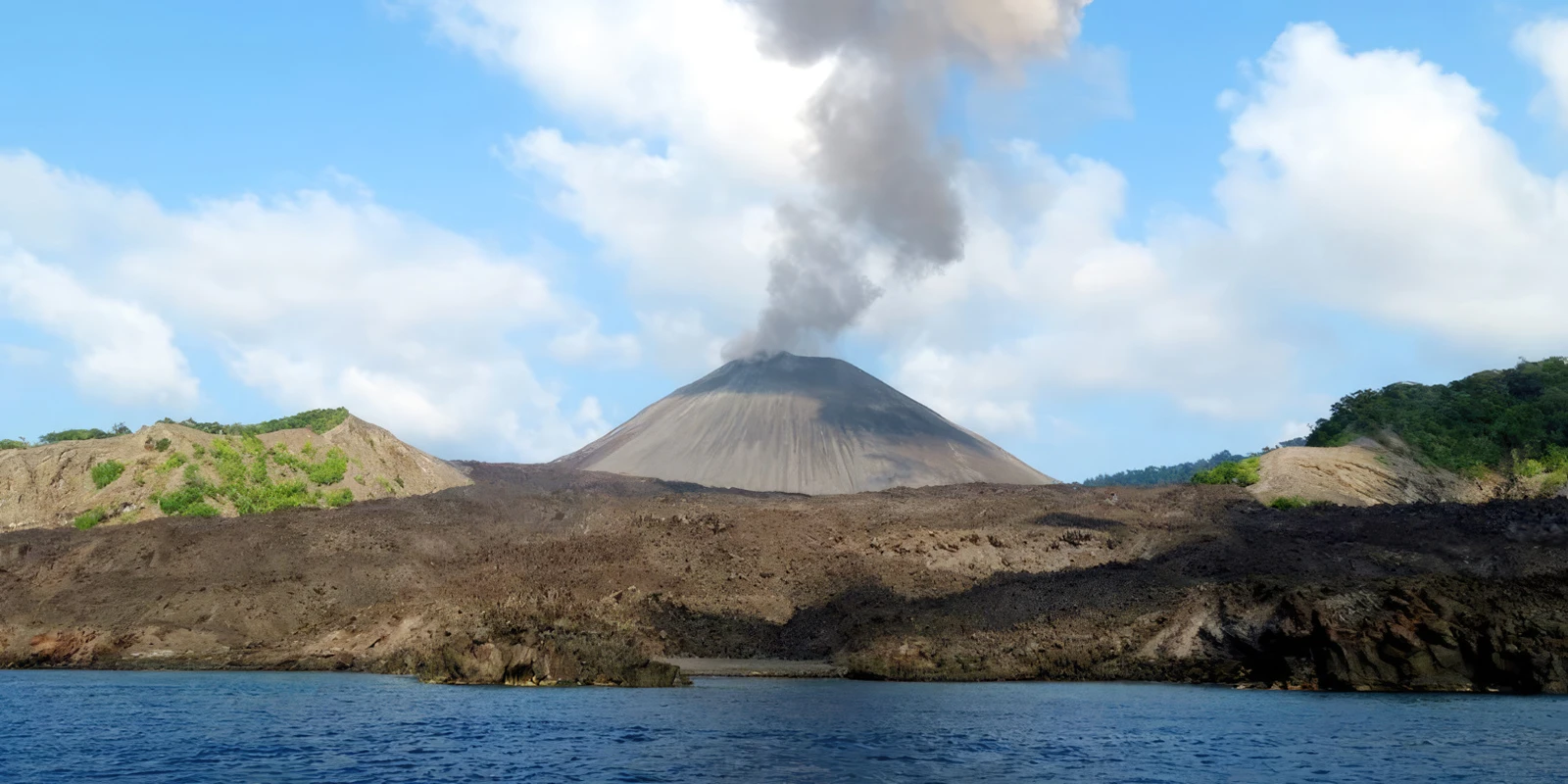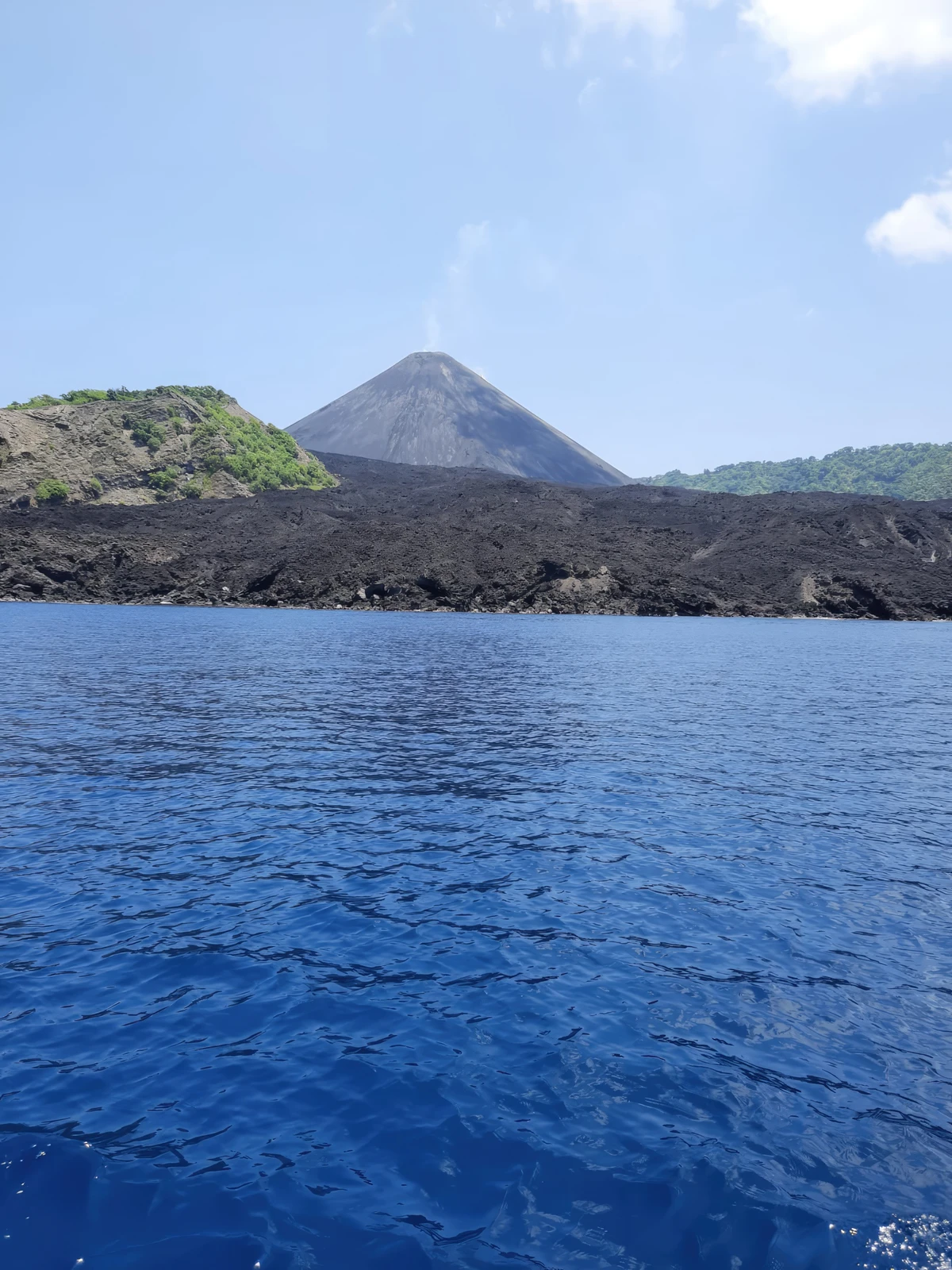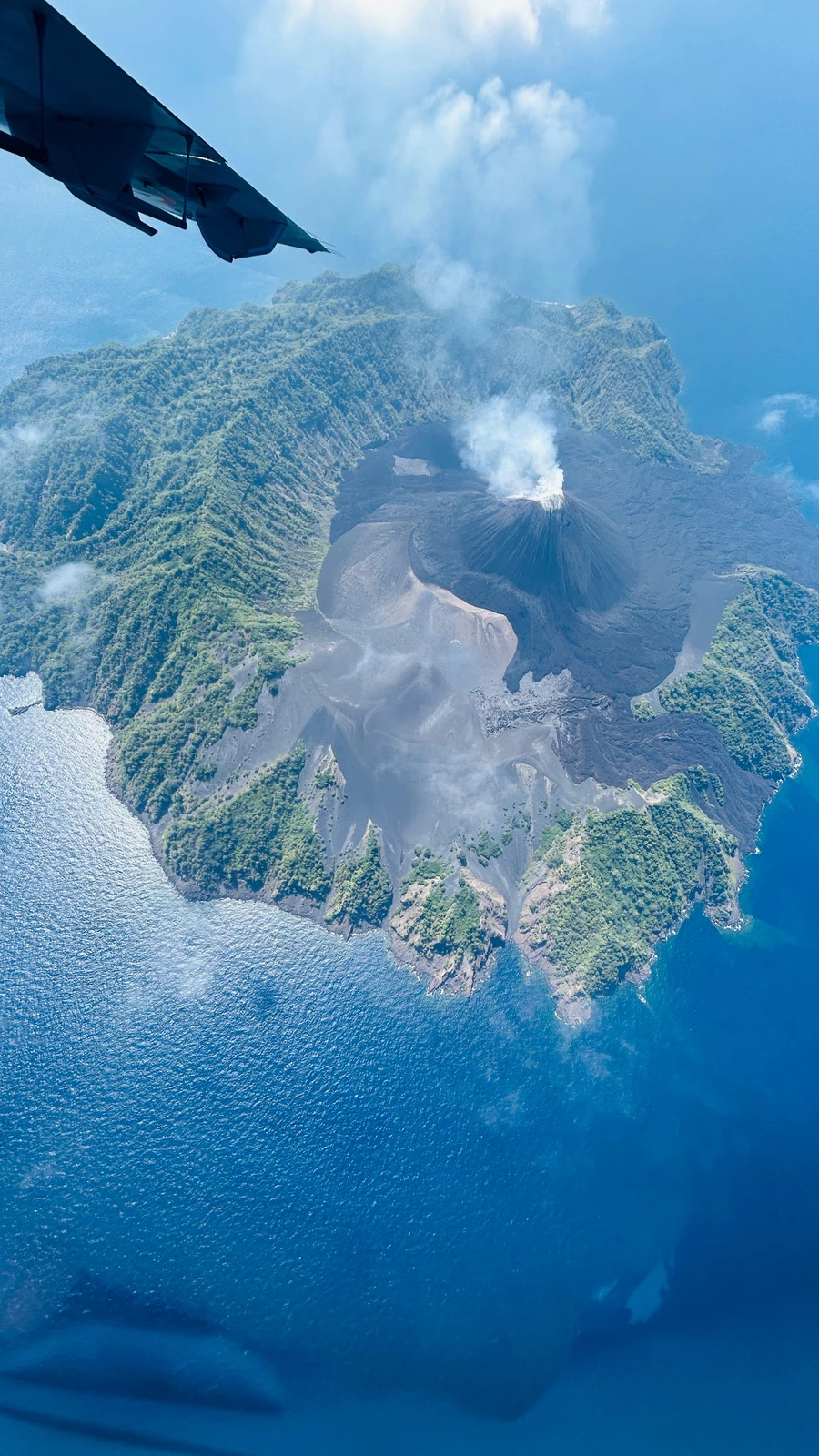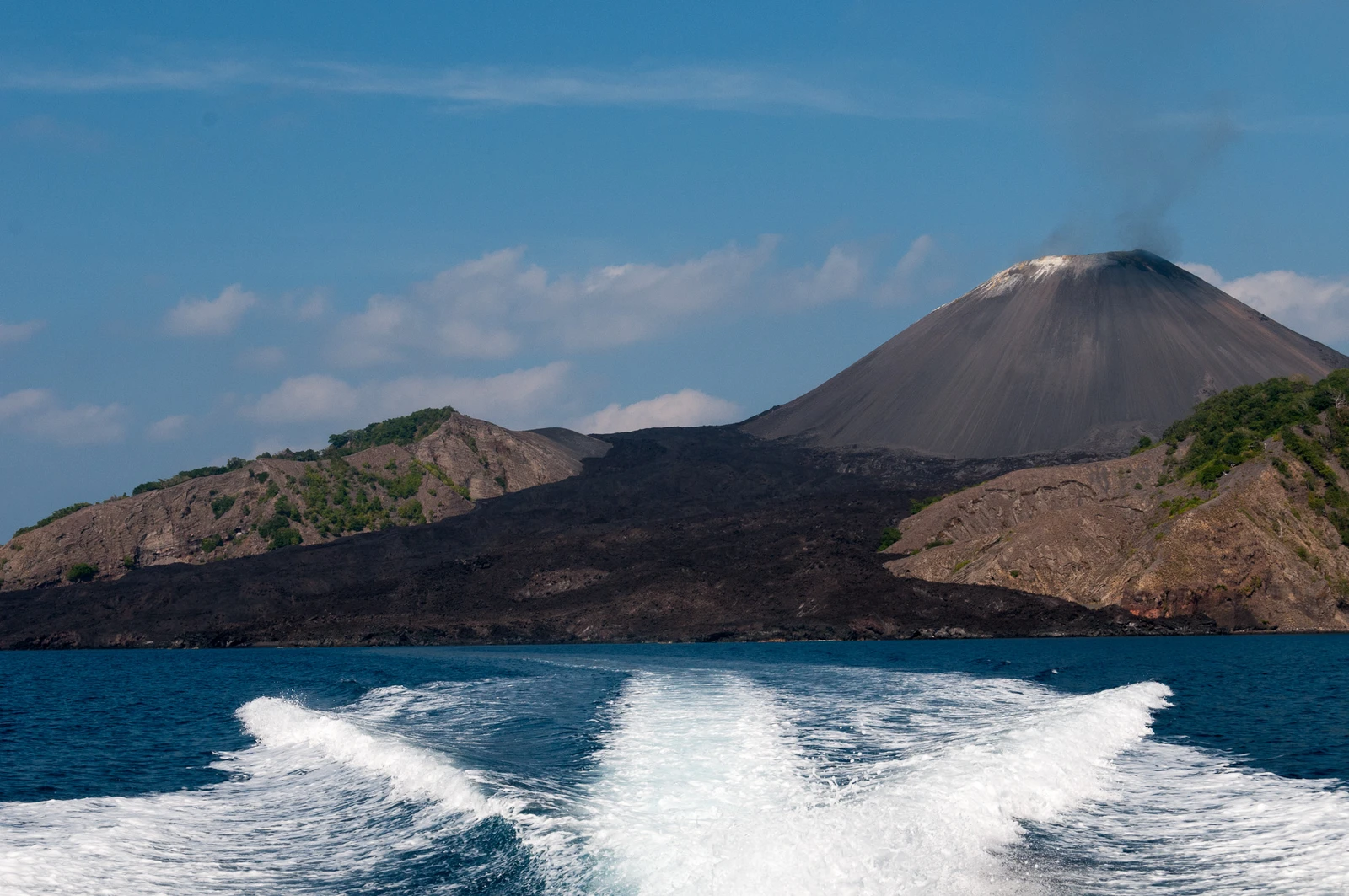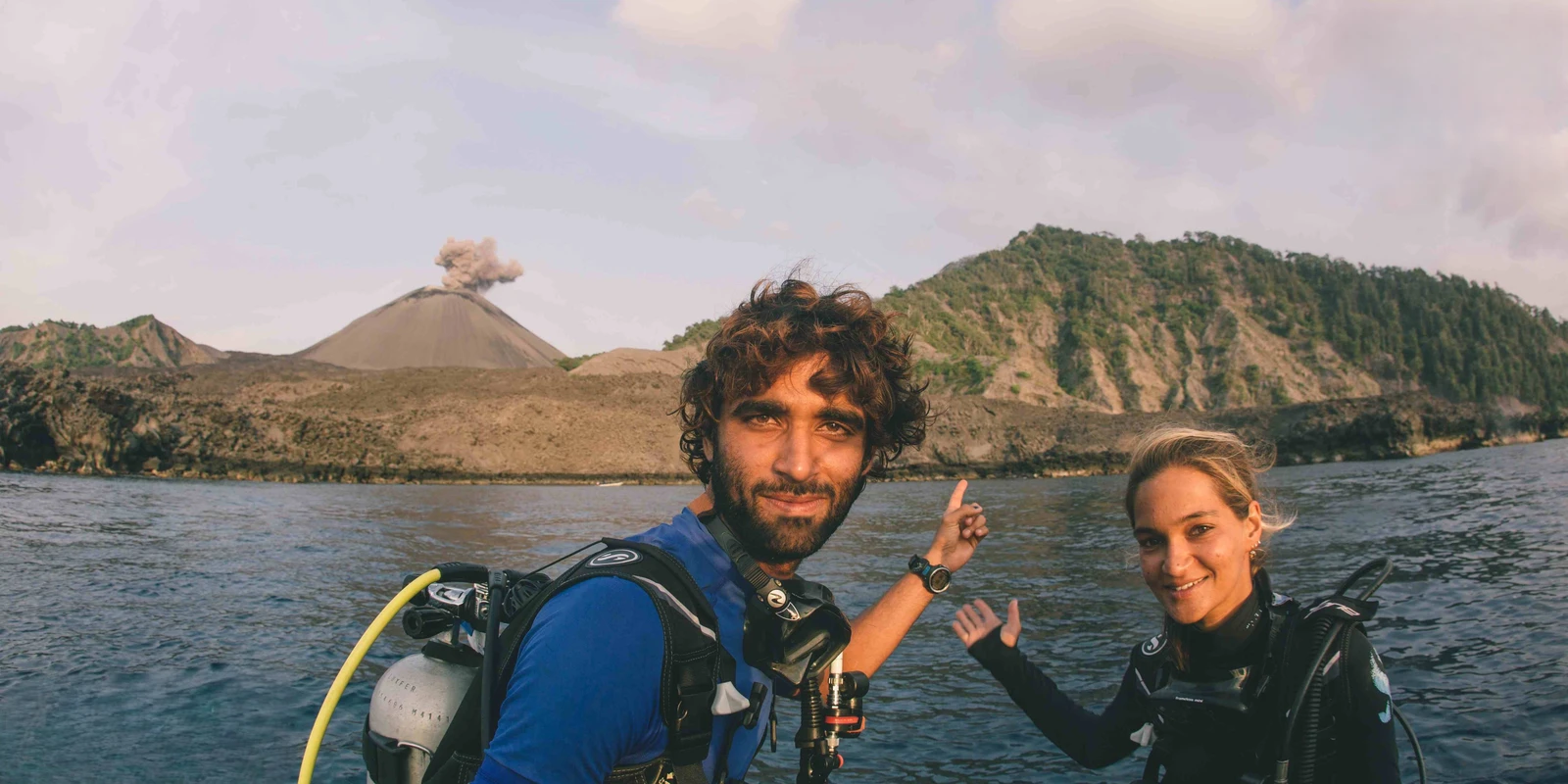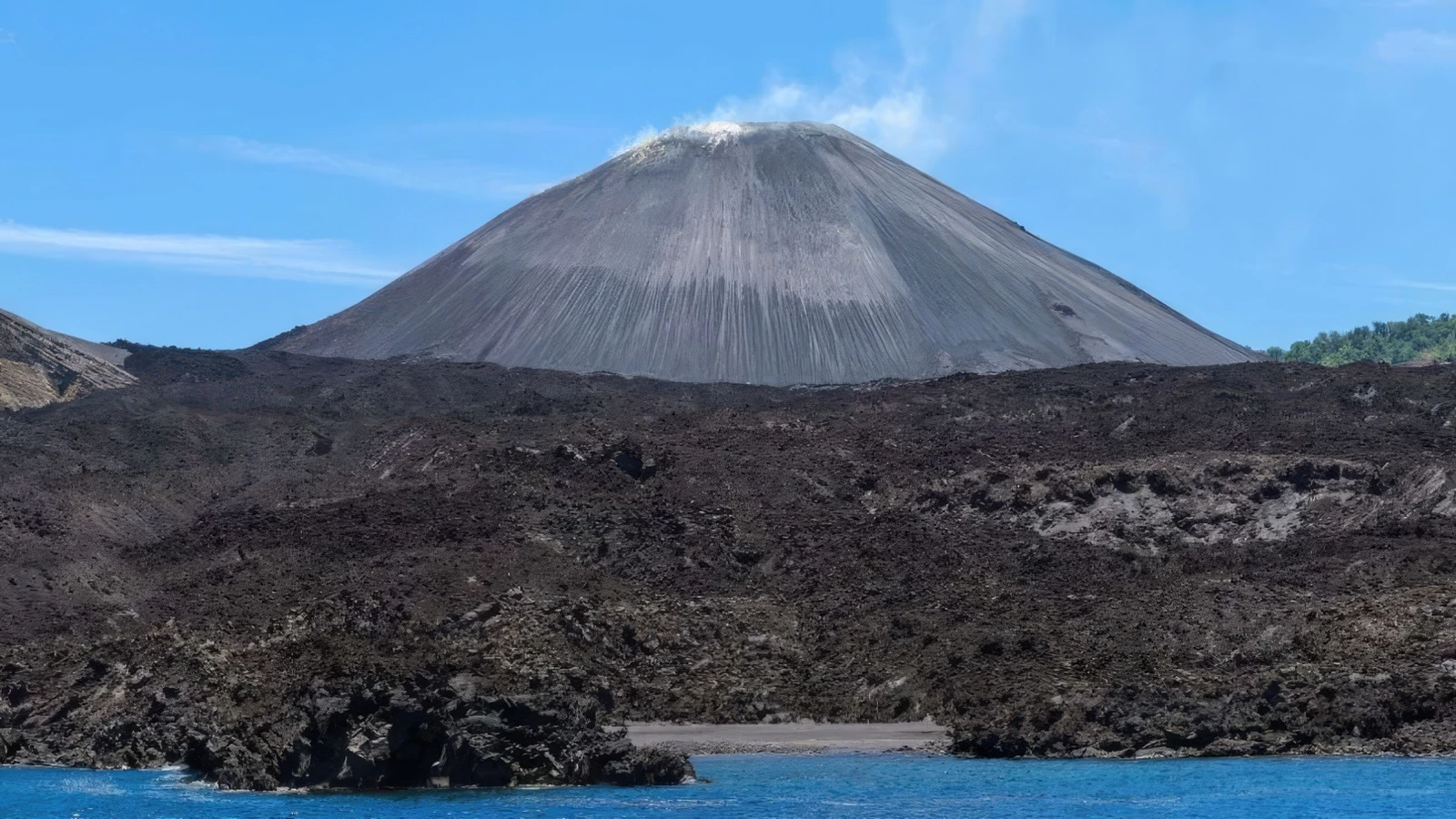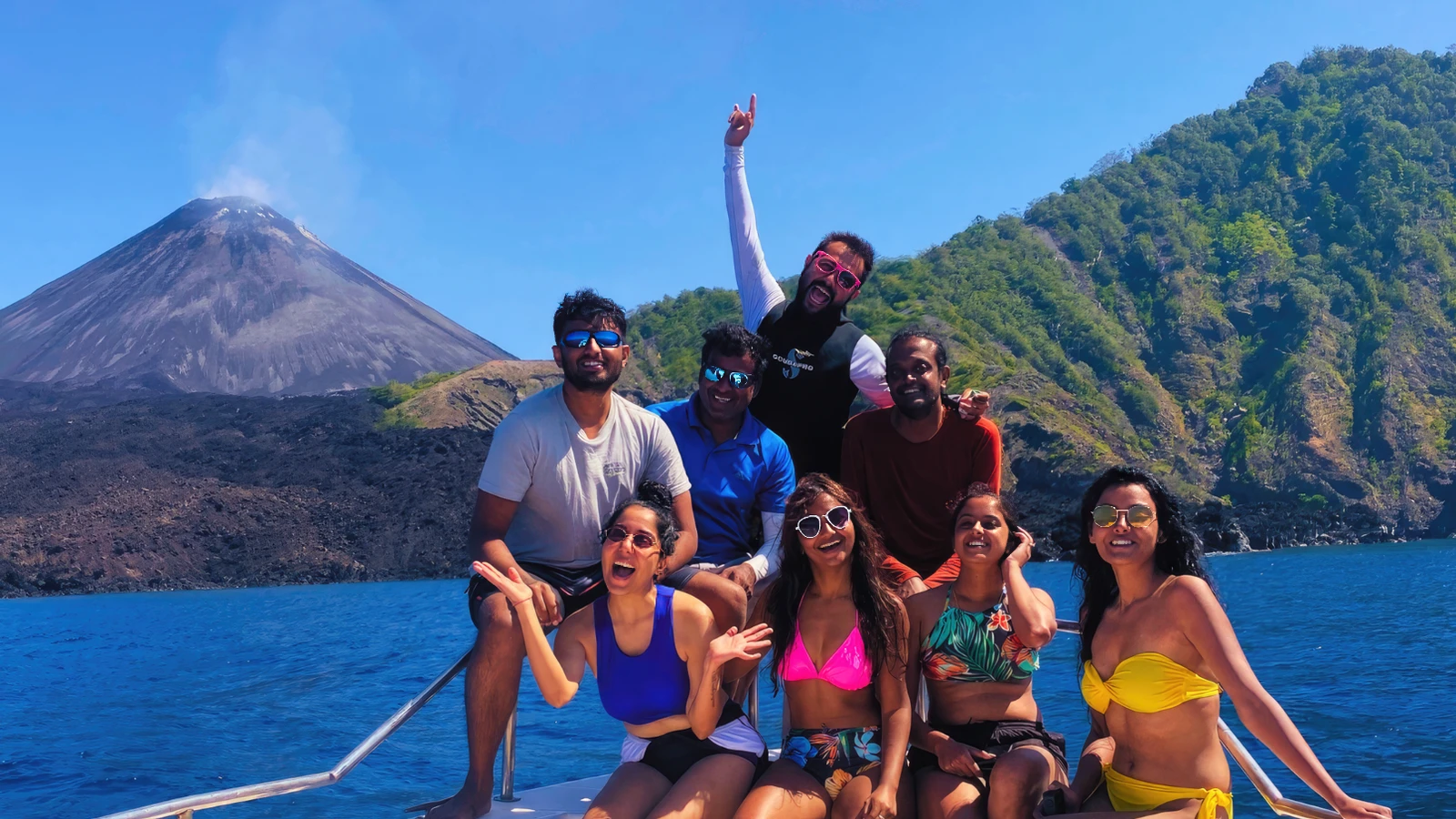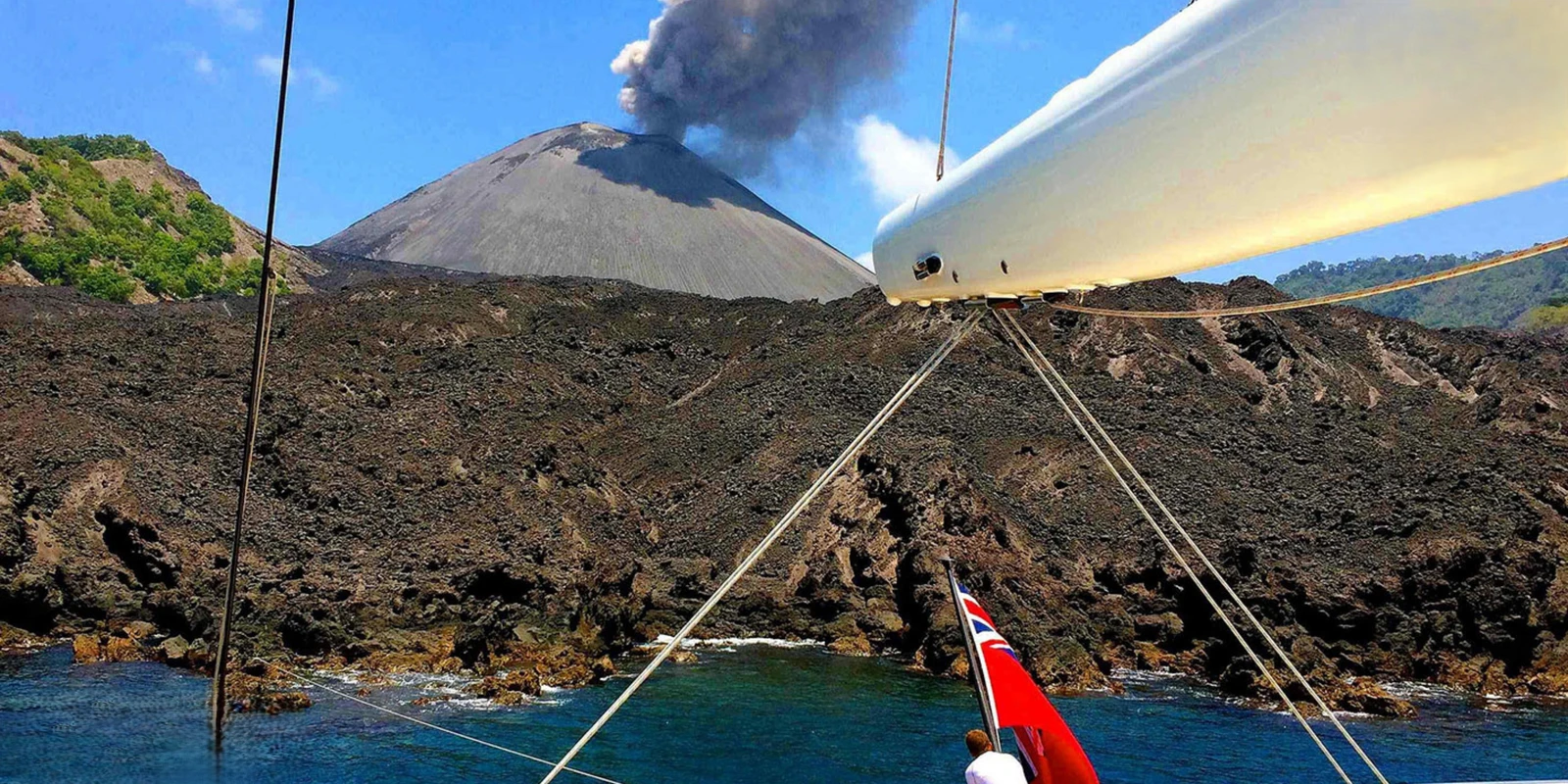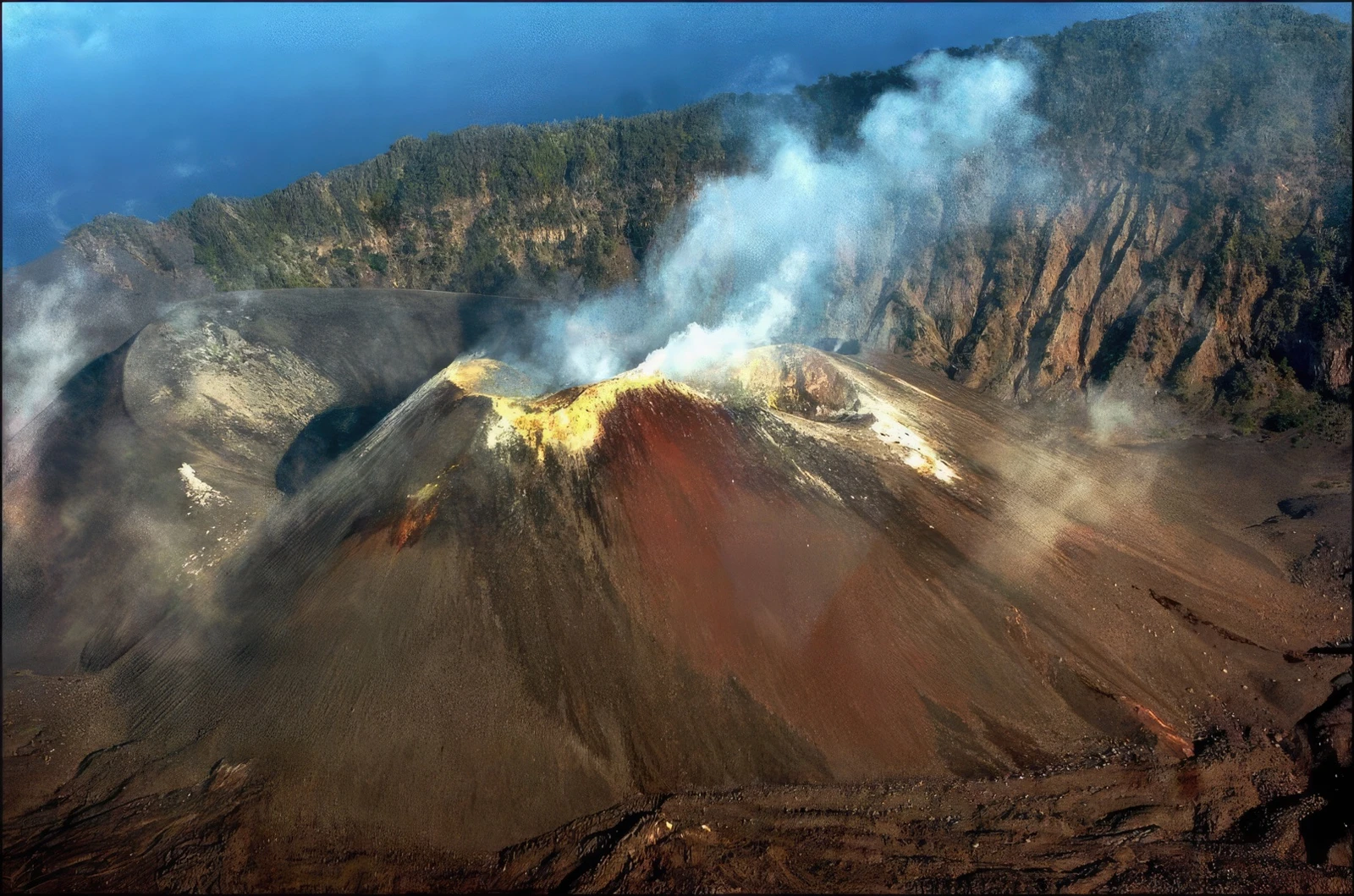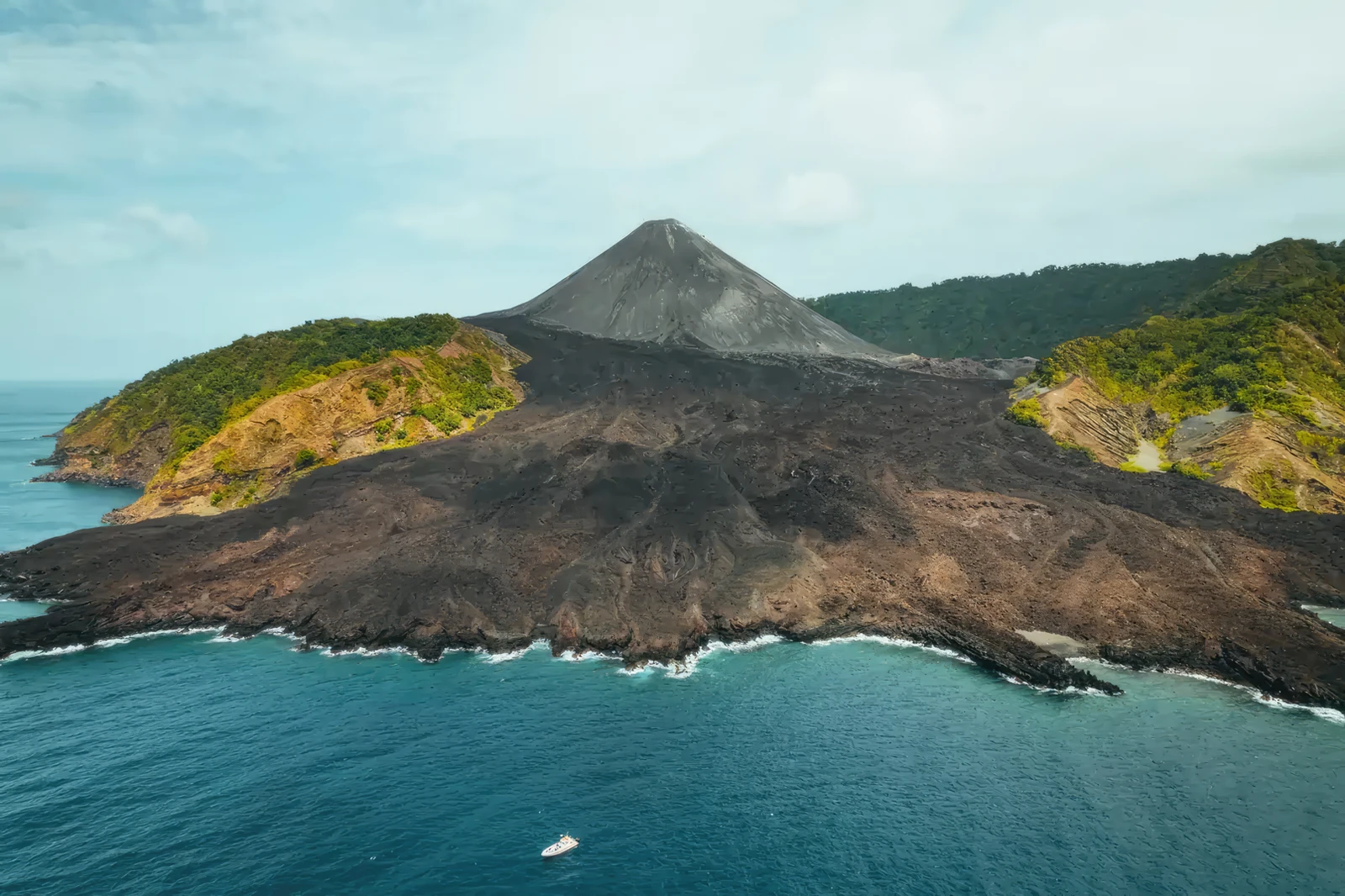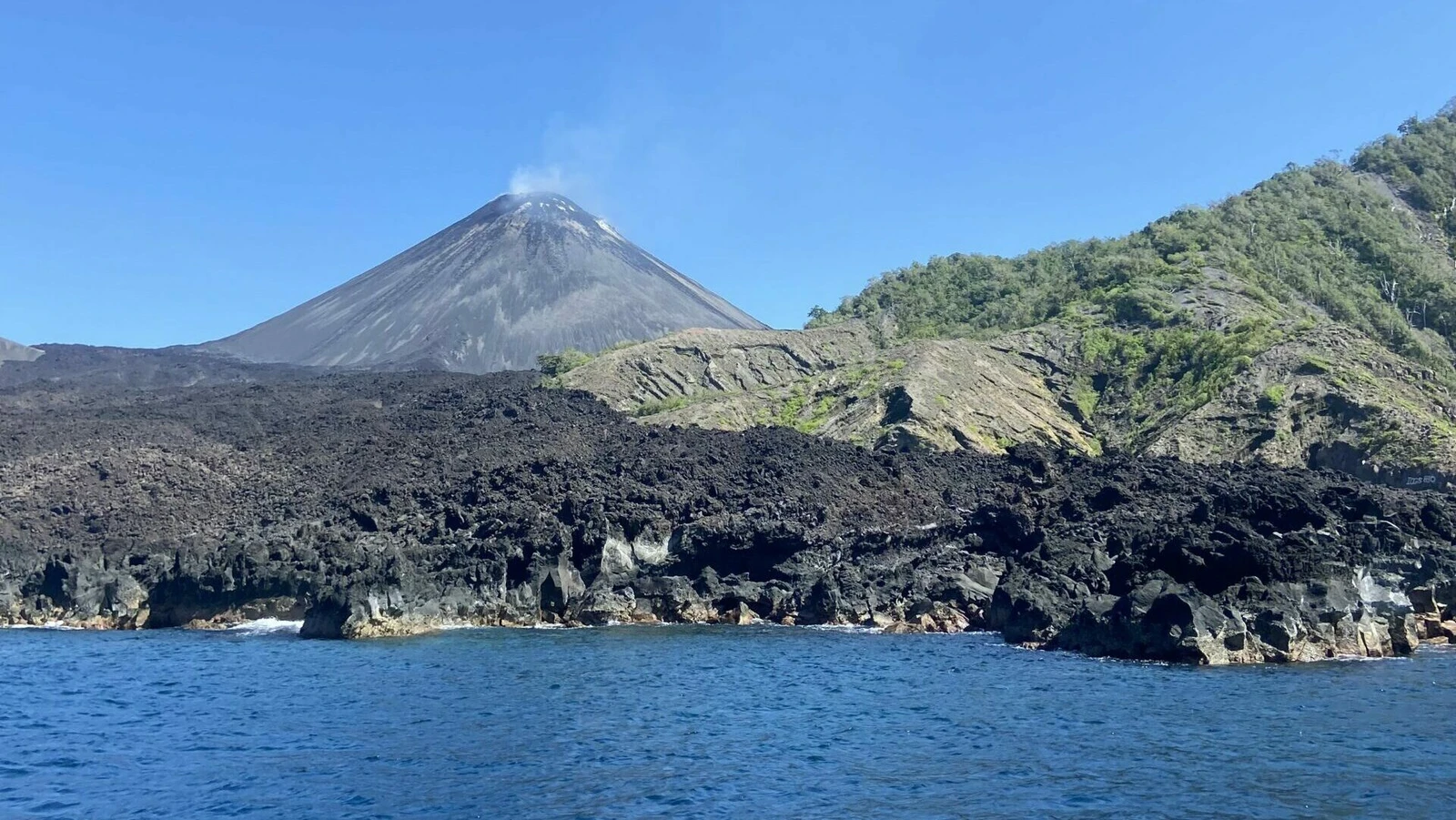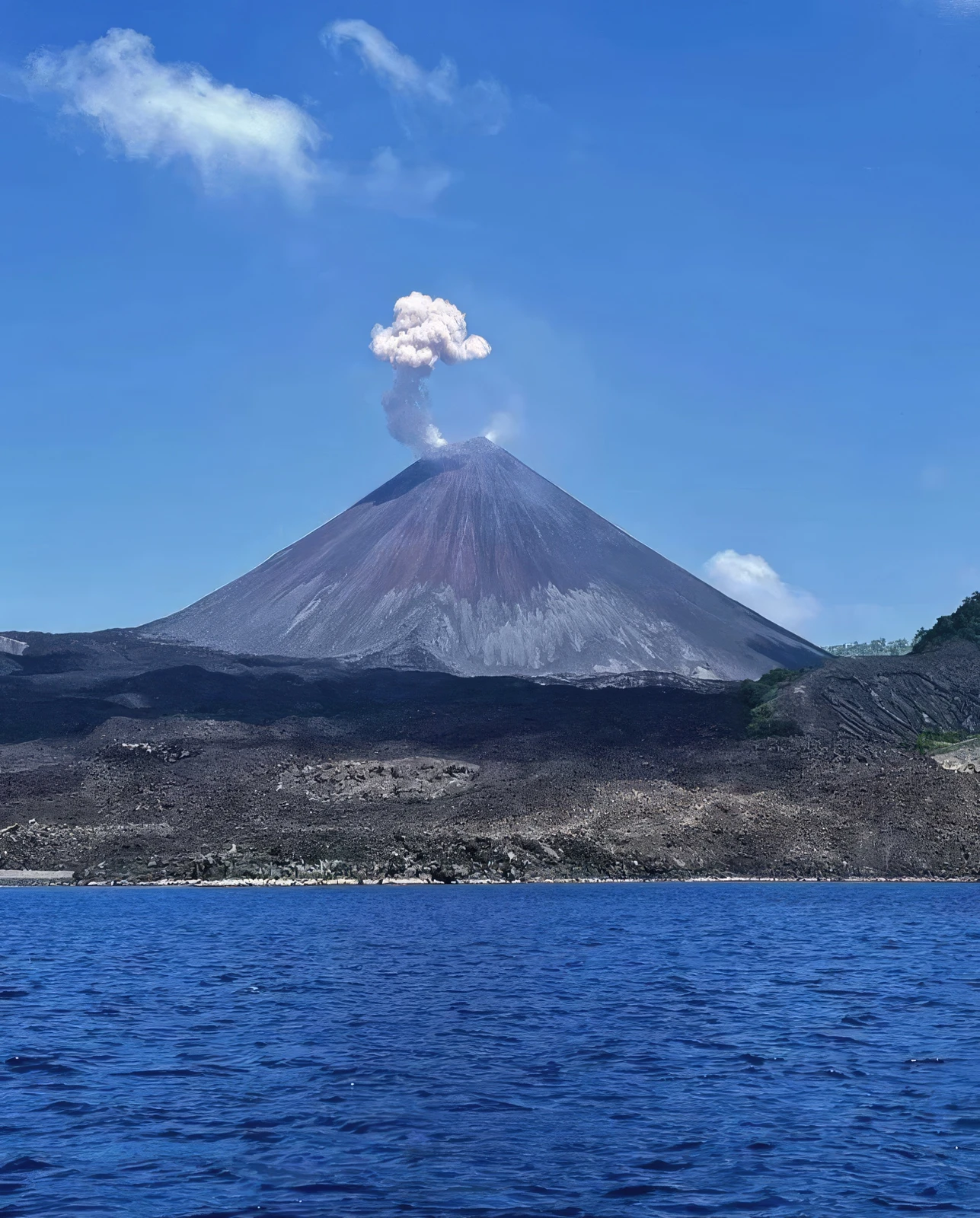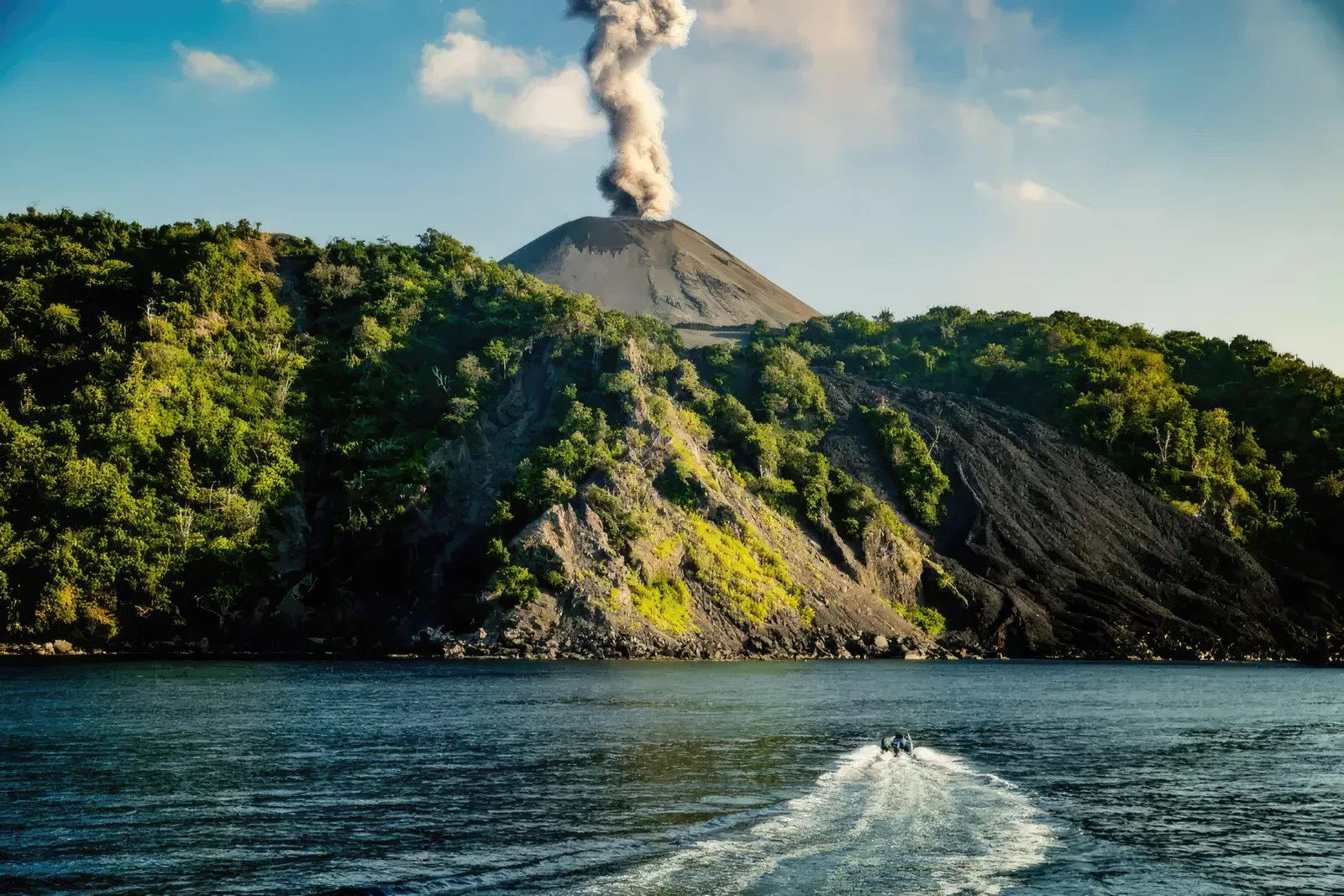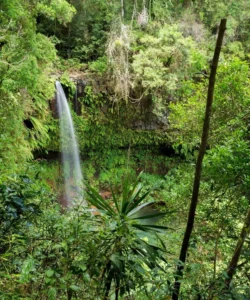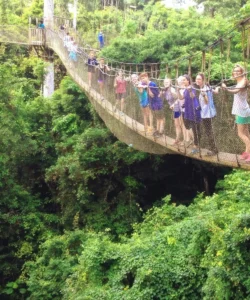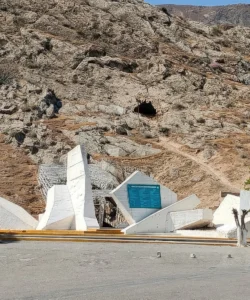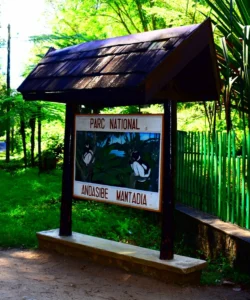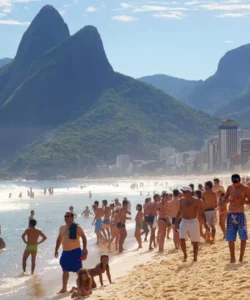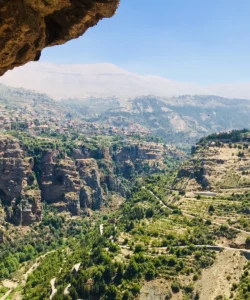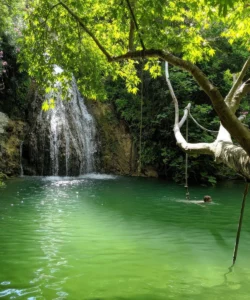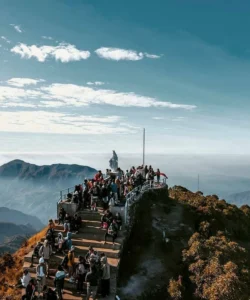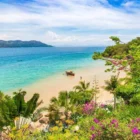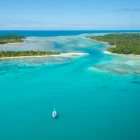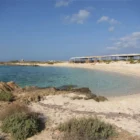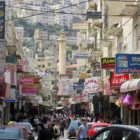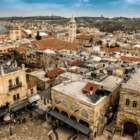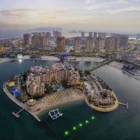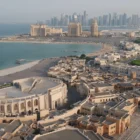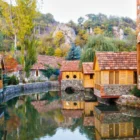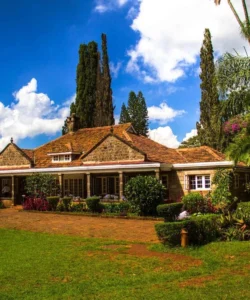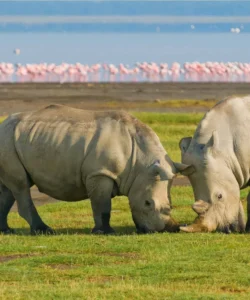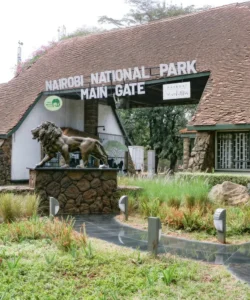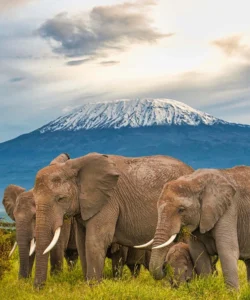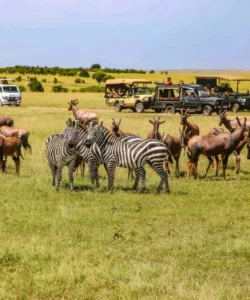Barren Island, as its name suggests, is a dramatic and uninhabited island in the Andaman Sea, part of the Indian Union Territory of Andaman and Nicobar Islands. It is a truly unique natural wonder, famous for being the only confirmed active volcano in South Asia. Its stark, volcanic landscape contrasts strikingly with the vibrant marine life in its surrounding crystal-clear waters, offering a rare spectacle of raw geological power.
Listen to an introduction about Barren Island

Name: Barren Island
Address: Andaman Sea, northeast of Port Blair, Andaman and Nicobar Islands, India. It lies approximately 138-140 kilometers (86-87 miles) northeast of Port Blair, the capital of the Andaman and Nicobar Islands.
How to Get There:
Access to Barren Island is strictly controlled due to its active volcanic status, making the journey an exclusive and pre-arranged affair.
- From Port Blair or Havelock Island (Swaraj Dweep):
- Private Charter Boat (Recommended & Only Way): The only way to visit Barren Island is by booking a private charter boat (like MFV Caiman) from Port Blair or Havelock Island. These trips are full-day excursions (8-10 hours total from Havelock, or 4-5 hours to reach the island itself from Port Blair). The cost is substantial (around INR 1,50,000 to INR 1,70,000 per boat for 7-8 people, so it’s advisable to go in a group).
- Permit Required: A special permit from the local forest department is mandatory to visit Barren Island, as it is a restricted zone.
- No Landing Allowed: Visitors are strictly prohibited from landing on the island for safety reasons. All viewing is done from the boat at a safe distance.
- No Overnight Stay: There are no provisions for overnight stays on the island. All visits are day trips, usually starting very early in the morning.
- Seaplane Tour (Optional): For a different perspective, a seaplane tour from Port Blair can also be arranged to view the island from the sky.
- Best Time to Visit: The best time is during the winter season, from November to February, when the weather is pleasant, and the sea is calm, offering the best visibility for both the volcano and marine life.
Landscape and Architecture:
Barren Island’s “architecture” is entirely natural, sculpted by millennia of volcanic activity.
- Active Stratovolcano: The island itself is the exposed summit of a stratovolcano that rises about 2,250 meters from the seafloor, with 354 meters (1,158 feet) above the waterline. It is a relatively small island, about 3 kilometers (1.9 miles) wide, dominated by its active volcanic cone.
- Caldera: The central feature is a 2-kilometer (1.2-mile) wide caldera, formed by the collapse of a primitive volcanic cone in the Pleistocene era. All historical and recent eruptions have been confined within and around an active polygenetic cinder cone inside this caldera.
- Stark Volcanic Terrain: True to its name, large areas of the island are barren, characterized by rugged terrain, exposed black volcanic rocks, solidified lava flows, and ash deposits. The beaches here are notable for their black volcanic sand, a stark contrast to the white sands of other Andaman Islands.
- Minimal Vegetation: While not entirely devoid of life, vegetation is sparse, consisting mainly of hardy pioneer species. Bird populations have been significantly reduced by eruptions.
- Vibrant Marine Ecosystem: Despite the starkness above, the waters surrounding Barren Island are surprisingly rich. The volcanic activity has created unique underwater basalt formations, lava tunnels, and incredibly fast-growing, vibrant coral gardens. These waters are teeming with diverse marine life, including manta rays, various fish species, and reef sharks. The black sand on the seabed creates an unusual visual effect for divers.
- Uninhabited: The island is completely uninhabited by humans, adding to its untouched and wild character. It does support a small population of goats, bats (flying foxes), and some rodent species that have adapted to the harsh conditions.
What Makes It Famous:
- South Asia’s Only Active Volcano: Barren Island holds the unique distinction of being the only confirmed active volcano in India and South Asia. Its occasional eruptions of ash, smoke, and even molten lava flows are a powerful testament to Earth’s dynamic forces, making it a rare and thrilling sight.
- Volcanic Belt Significance: It sits on a volcanic belt at the edge of the Indian and Burmese tectonic plates, providing crucial data for geologists studying plate tectonics and volcanic activity.
- Unique Contrast of Barrenness and Marine Life: The stark, desolate volcanic landscape above the water, combined with the incredibly rich and vibrant marine ecosystem below, creates a fascinating and unique natural contrast that appeals to both geological enthusiasts and divers.
- World-Class Diving and Snorkeling: The surrounding waters are considered among the world’s top scuba diving destinations, offering exceptional visibility, unique underwater topography (lava flows, basalt formations), and encounters with diverse pelagic species like manta rays and game fish.
- Exclusive and Adventurous Experience: Due to the strict permits, prohibition on landing, and the necessity of private charters, a visit to Barren Island is an exclusive and adventurous undertaking, offering a truly offbeat experience.
- Research Hub: It serves as a living laboratory for scientists studying volcanology and its impact on ecosystems.
Differences from Some Other Wonders:
- Exclusive “Active Volcano” Status in Region: While other places have volcanoes (Mount Bromo, Ijen Crater, Mount Rinjani), Barren Island’s distinction is its status as the only active volcano in the entire South Asian subcontinent, making it a singular geological wonder for this vast region.
- No Landing Allowed: Unlike almost all other natural wonders, where visitors can usually hike, walk, or explore on foot (even active volcanoes like Bromo or Ijen allow crater rim access), landing on Barren Island is strictly forbidden. The experience is entirely from a safe distance on a boat or from a seaplane. This restriction is a defining safety feature.
- Stark Above-Water Landscape vs. Vibrant Underwater World: While other islands might have both land and marine beauty, Barren Island’s contrast is particularly extreme: a largely barren and desolate volcanic landmass above, juxtaposed with an exceptionally vibrant and biodiverse marine environment below. This sharp visual dichotomy is unique.
- Remote and Difficult Accessibility (by design): Its remote location and the requirement for expensive private charters and special permits make it a much less accessible and more exclusive destination compared to other popular volcanic or island tourist sites, thus contributing to its unspoiled nature.
- Focus on Geological Science & Diving: While it offers scenic beauty, its primary appeal is highly specialized, attracting those interested in volcanology, geology, and advanced scuba diving in a unique environment, rather than general tourism or traditional land-based wildlife viewing.
- Black Sand Beaches: Its distinctive black sand beaches, formed from volcanic ash, are a unique landscape feature, contrasting with the white or pink sands found on other beautiful islands.
